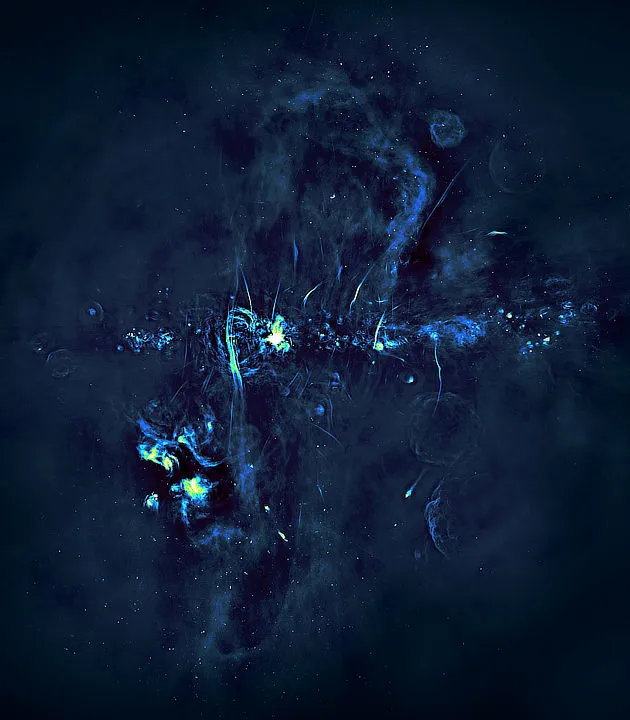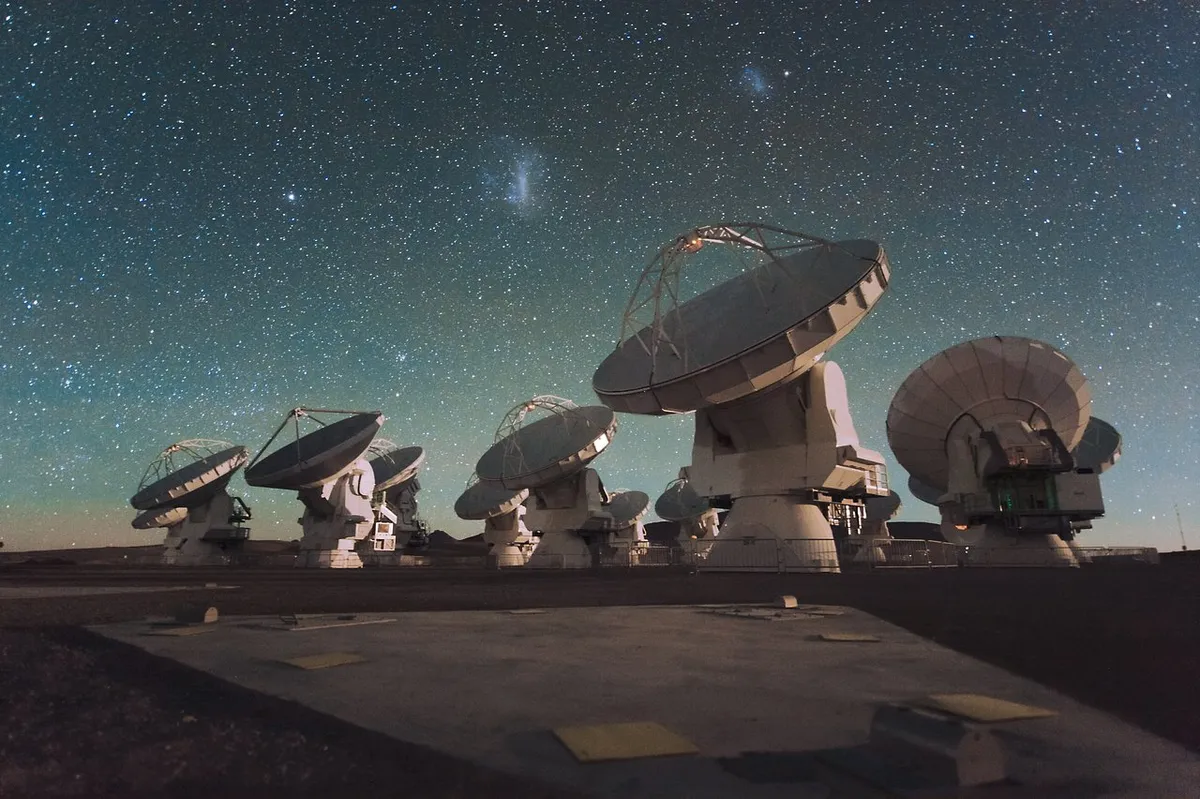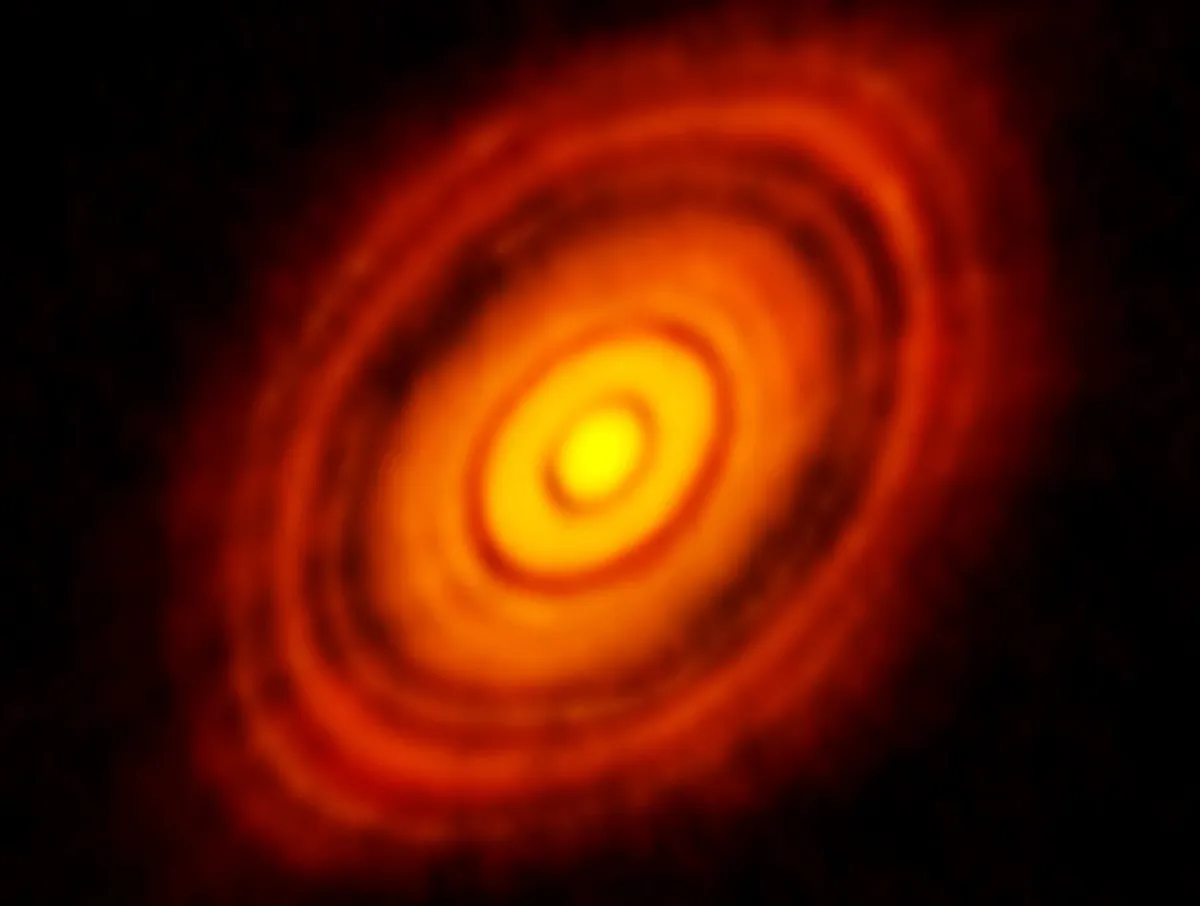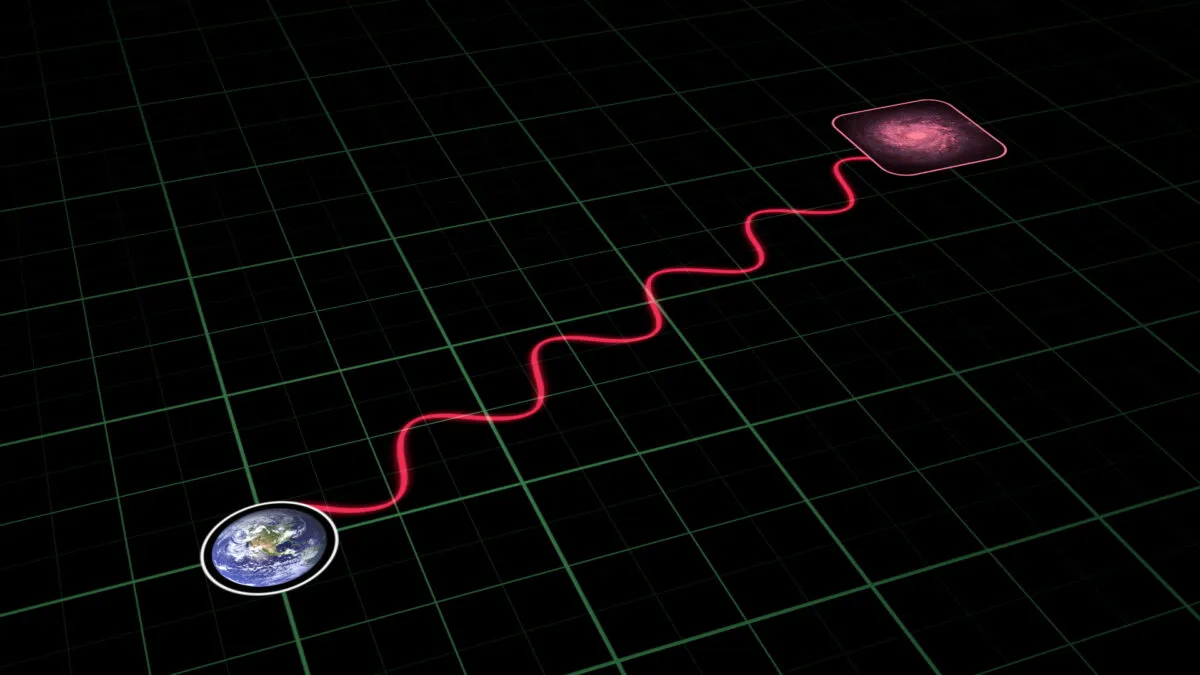While radio astronomers are used to handling some radio interference from terrestrial sources, and a few air or space borne transmitters, the new megaconstellations of internet access satellites – which number in the thousands – are a much greater problem.
It’s a complicated issue and it helps to start off with a bit of background on the subject, to understand the impact on the relatively young science of radio astronomy.
It's a field that, after all, will have the greatest chance of discovering advanced extraterrestrial civilisations.

Radio astronomy is protected by international law, through the ITU (International Telecommunications Union) and its Radio Regulations.
These Radio Regulations define certain ‘silent’ frequency bands, where transmitters are not allowed to operate.
Although this was adequate for the early years of this new branch of astronomy, the Universe ‘speaks’ in a very broad range of frequencies.
Modern radio astronomy needs to often ‘listen’ in bands assigned to transmitting users.

This is possible by building telescopes in very remote and protected areas of the planet where the use of the radio spectrum is minimal.
In these ‘Radio Quiet Zones’, all radio transmitters are banned. Indeed, mobile phones, laptops and even smart watches are not allowed.
The difficulty is that, even in Radio Quiet Zones, we can’t escape air- and space-borne transmitters and have to cope with them.
Why use radio astronomy?

Radio observations of the Universe can inform us about a vast variety of processes, in galaxy, star and planet evolution.
So choosing one example to illustrate the impact of the new radio interference sources does not do justice to the scale of science that Square Kilometre Array (SKA) radio telescopes can do, but here goes.

The Universe is mostly empty, but gas is relatively common, and gas molecules emit radio signals which are unique to them.
Those interested in astronomy will probably be familiar with the concept of redshift, where light emitted by something moving quickly has its frequency shifted.
Displacement applies to radio signals as well as optical light.

This means that the further away – hence the further back in time – we look for a particular molecule, the lower its frequency will be.
So what was a single frequency of interest has become a range of frequencies.
For molecules that are particularly important for star evolution, we want to be able to visualise their distribution over time/distance and effectively create a map of the evolution of the Universe over time.

One good example is carbon monoxide (CO).
For such molecules, in distant galaxies where the SKA has the power to look, the frequency is found in a region where the satellite mega-constellations are now transmitting strongly.
We are becoming blind to certain times in the past (and therefore stages of stellar evolution).
It's extremely worrying, which is why we want to raise more awareness about the issue.

